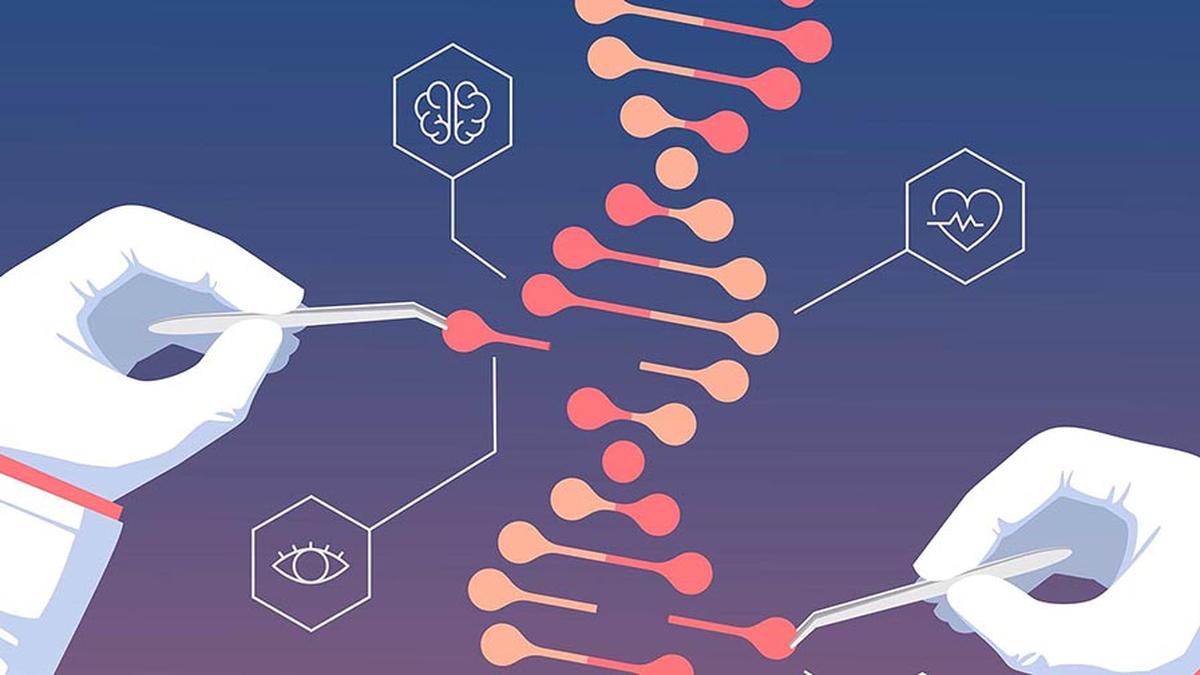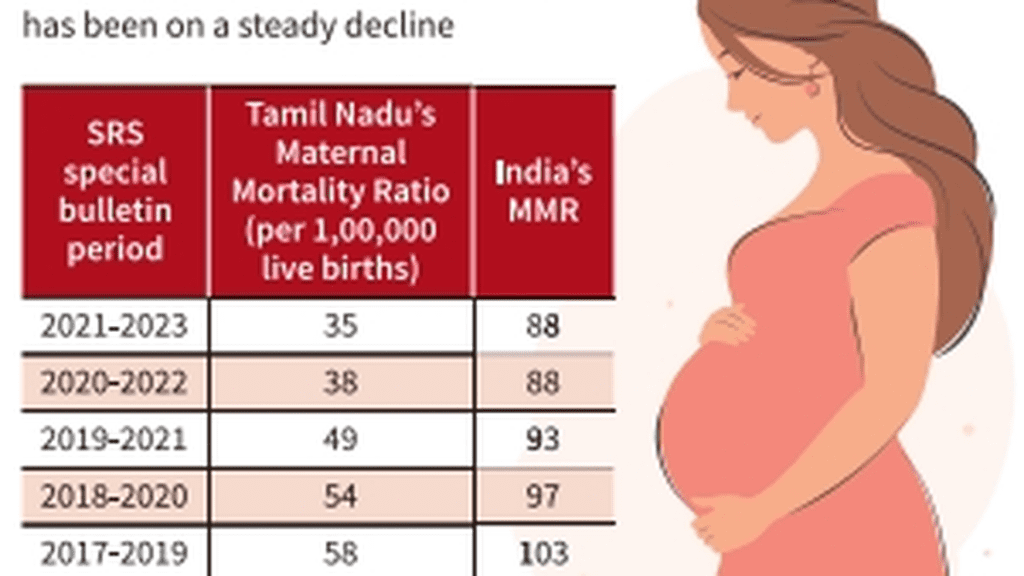Can gene editing help with hereditary eye diseases? A new study explores the possibility Premium

Can gene editing help with hereditary eye diseases? A new study explores the possibility Premium
A research team from the Institute of Molecular and Clinical Ophthalmology, Basel in Switzerland, has developed a technique to edit genes, to demonstrate how it could be used to perhaps cure Stargardt disease, a rare, genetic eye disease that leads to vision loss.
Stargardt disease is an inherited disease that leads to progressive vision loss in children and young adults. It is usually bilateral, involving both eyes. Everybody’s eyes contain a yellowish-brown pigment called lipofuscin that builds up in cells as people age. People with Stargardt disease have too much lipofuscin — it builds up over the macula, which is the central part of the retina and is responsible for clear and sharp central vision.
Stargardt disease also known as Stargardt macular degeneration, is commonly caused by changes in a gene, ABCA4. This gene influences how your body uses Vitamin A. There is currently no cure available for the disease.
What the research team, in collaboration with scientists from Beam Therapeutics, an American biotechnology company, did, was develop a highly optimised adenine base editor — a genome editing tool to make precise changes in DNA — and deliver it into the retina using an adeno associated viral vector. AAVs are usually non-integrating, which means that DNA they carry doesn’t usually insert itself into the cell’s genome. This was used to correct the mutation in the ABCA4 gene that causes the disease. ‘
Their study, ‘High-efficiency base editing in the retina in primates and human tissues’, was published in the journal Nature Medicine recently. “The resulting gene therapy vectors achieved high levels of gene correction in mutation-carrying mice and in female nonhuman primates… which has the potential to translate to a clinical benefit. No off-target editing was detectable… The high editing rates in primates show promise for efficient gene editing in other ocular diseases that are targetable by base editing,” the paper stated.
A September 2023 paper by researchers from L. V. Prasad Eye Institute, Hyderabad that studied the clinical profile and demographic distribution of Stargardt disease phenotypes, found that the disease was seen more commonly in males, presenting during the second decade of life. The disease prevalence was estimated at 1 in 8000 to 10000 populations, with deterioration of visual acuity leading to legal blindness and loss of central visual acuity, the paper said.
Of the 1,964 patients studied, a history of Stargardt disease for siblings, parents, and relatives was documented in 10.79% of patients, and parental consanguinity was documented in 10.69% of patients.
In India, Stargardt disease, a form of hereditary macular degeneration, is not uncommon, said Mohan Rajan, chairperson and medical director, Rajan Eye Care Hospital, Chennai. “So far, in ophthalmology, we have been able to solve all problems except hereditary ones. The future lies in gene therapy. While there is not much happening in this regard in India as of now, this is going to be the future when it comes to curing these diseases,” he said. Dr. Rajan added that the research paper showed promising results; however, only trials on humans would prove how effective the therapy could be. He pointed out that cost would also be a factor with such therapy.
S. Soundari, medical director, Dr. Agarwal’s Eye Hospital in Chennai, said that going forward, genetic editing would be the right path when it came to the treatment of these inherited eye diseases that affected many patients. She said Dr. Agarwal’s Eye had tied up with MedGenome a genomics-driven research and diagnostics company, to get a spectrum for these genetic diseases, in order to have a complete analysis of the genes. This, she said, not only helped in being able to detect certain conditions early and therefore being able to start treatment quickly, but also helped with counselling patients. For instance, she explained, knowing about autosomal dominant/recessive patterns could help couples make decisions on starting a family. In case of consanguineous marriages too, it helped doctors to advise patients. Dr. Soundari however also pointed out that how successful these therapies were in humans was yet to be seen, and there was still a long way to go.
The L.V. Prasad Eye Institute research paper also noted that stem cell therapy, pharmacological strategies, and gene replacement are the latest therapeutic options for the disease. It also however, highlighted the need for a policy review for Stargardt disease management, for early detection and visual rehabilitation.










